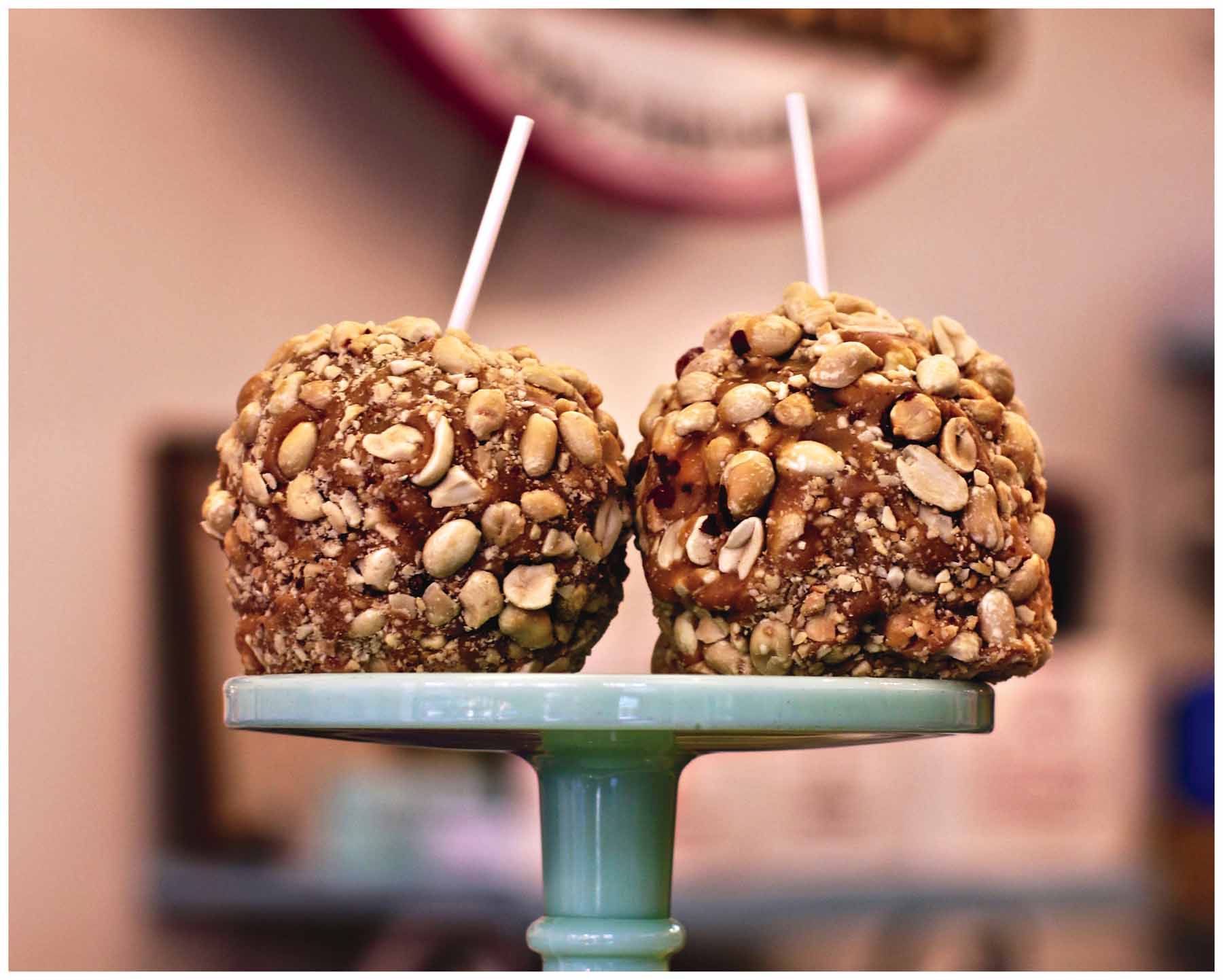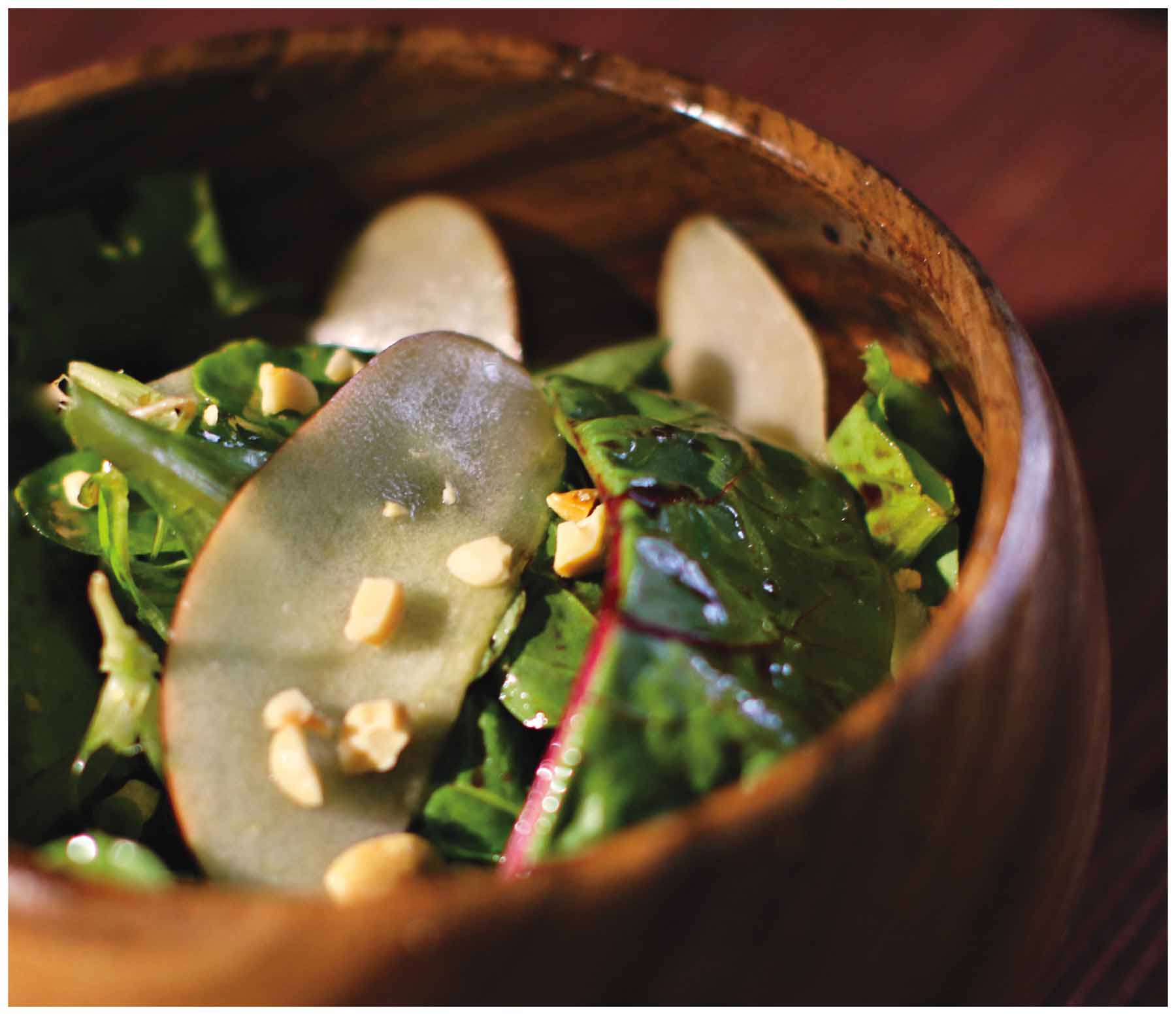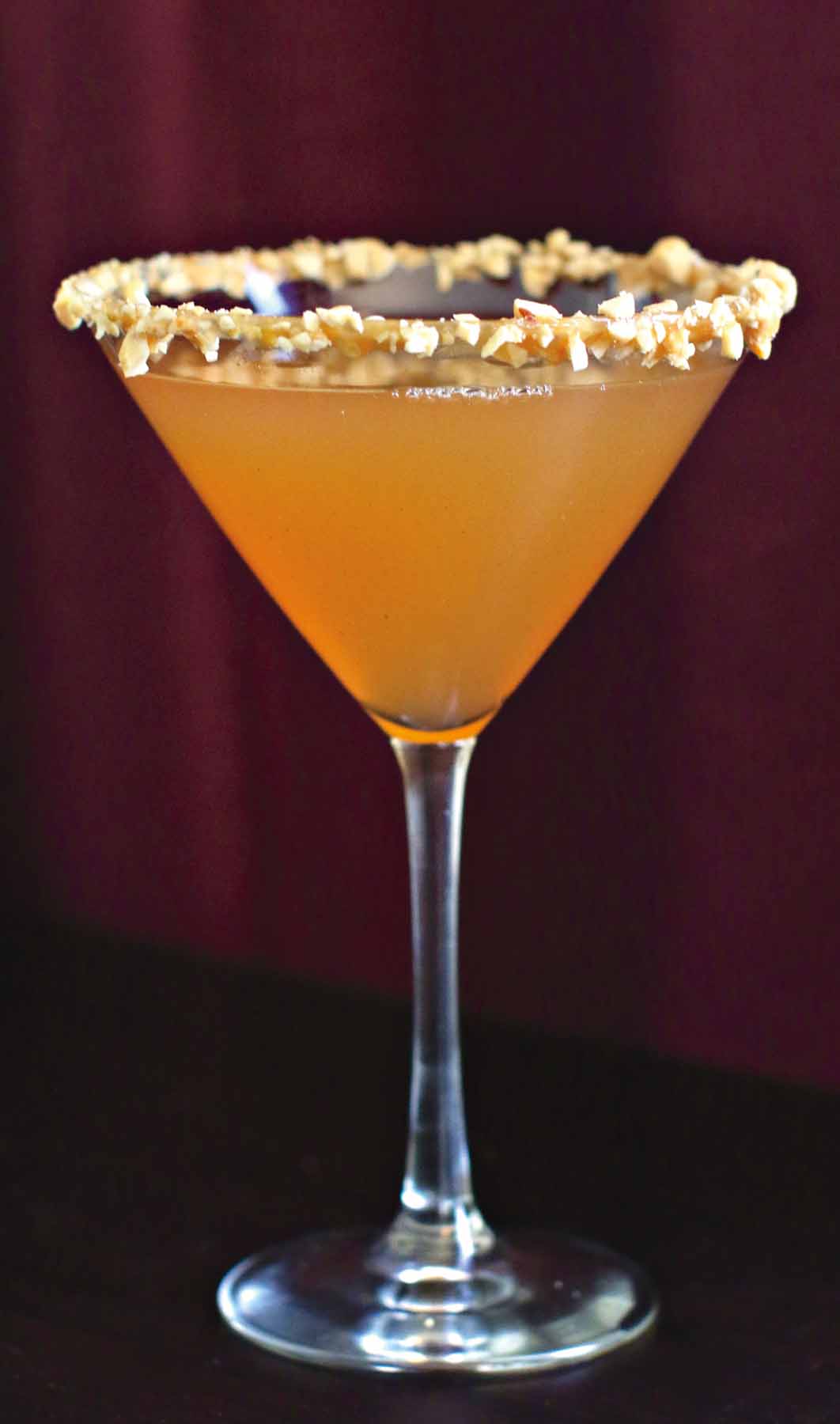A jazz musician can improvise based on his knowledge of music. He understands how things go together. For a chef, once you have that basis, that’s when cuisine is truly exciting.
—CHARLIE TROTTER
You’ve now copied dishes. You’ve also converted dishes.
Now you’re called to move on to the process of creating unique dishes of your own.
Your eagerness to push the limits of creativity might be tempered by awe for all you’ve learned—not to mention anxiety over whether it’s even possible that, in a country with more than 100,000 chefs and head cooks, you could ever have a chance of coming up with something unique.
That’s when it’s important to remember something: you are unique. No one else in the world has had the same upbringing and education and experiences that you have had, and no one else has filtered theirs through your unique perspective.
The secret to creating something unique is to turn inward. Your inner senses are unique to you, and only you. You already know everything you need to know to be a creative cook.
Think about it: You’ve been eating an average of three times a day for decades now, and you’ve built up a palate that knows what it likes and doesn’t like.
Knowing your own palate is key. So, think for a moment about five to ten favorite dishes you loved as a child. Seriously—write them down, right here, right now. Andrew and I will do this with you.
Some wardrobe consultants can look in your closet and combine things into outfits you never would have thought to put together yourself. Some people look at the same ingredients and think differently about how to combine them.
—EMILY LUCHETTI, chief pastry officer of The Cavalier, Marlowe, and Park Tavern (San Francisco)
Our lists include: caramel apples, bean with bacon soup, turtle sundaes, cheesecake, peanut butter-and-chocolate Rice Krispie “sandwiches,” peanut butter and honey on toast, lasagna, split pea soup with ham, tacos, and cheeseburgers.
Now think about what you loved about each of the dishes you named. Jot down a few notes about each dish. Again, we’re right here with you, reminiscing about the 1970s:
Caramel apples: Karen loved the fun of eating an apple on a stick, plus the sweet and salty flavors together, and all the great textures: biting into the crisp, juicy apple and the crunch of the peanuts against the chewiness of the caramel. Bean with bacon soup: She loved that soup could taste like bacon, then one of her five favorite foods and something she typically only had for breakfast on weekends. Turtle sundaes: She never sacrificed when she ordered a turtle sundae—it had it all: hot fudge AND caramel sauce (versus one or the other) AND crunchy toasted pecans and, it was fun to experience hot and cold in a single bite. Cheesecake: She loved the creamy richness of cheesecake, especially against the crunchy graham cracker crust. Peanut-butter-and-chocolate Rice Krispie “sandwiches”: She loved being able to enjoy not just two but three of her favorite ingredients (chocolate + peanut butter + Rice Krispies) in a single treat, which somehow made them all taste even better together (i.e., 1+1+1=4).
Peanut butter and honey on toast: Andrew loved the combination of salty and sweet and crunchy at the same time. Lasagna: His mother’s lasagna was all about its softness and ooziness. Split pea soup: He loved the smooth texture of split pea soup and the fact that it didn’t taste like vegetables (which he hated back then) but rather like ham (which he loved back then). Tacos: He loved the crunchiness of taco shells, and the punch of flavor that sprinkling the magic packet of taco seasoning brought to the ground beef. Cheeseburger: He loved how everything melted together in a cheeseburger to create one great flavor and texture.
Lots of memories come up about flavors and textures and juxtapositions of both, once you stop to think about it.
Now, think about what you learned about what flavors go together, based on your own favorite childhood dishes. Here’s what we learned from ours:
apples + caramel + peanuts
bacon + beans + tomatoes
caramel + chocolate + pecans
cream cheese + graham crackers + sugar
chocolate + peanut butter + Rice Krispies
bread + honey + peanut butter
cheese + pasta + tomato
ham + split peas
(ground) beef + cheese + seasoning mix + tortillas
bun + burger + cheese
The trick as an adult who cooks is to realize that you can do more with these beloved flavor combinations besides re-creating the dish that made you fall in love with them.
Take apples + caramel + peanuts. What else could you do with them besides dip a raw apple into melted caramel and roll the top in crushed peanuts to make a caramel apple?
• You could make a crepe, fill it with caramelized apples, and serve it with a peanut sauce.
• You could make peanut butter cookies studded with bits of dried apple and caramel.
• You could make caramel-apple muffins, topped with chopped peanuts baked into the muffin tops.
• You could make an elegant apple pie, garnished with a peanut foam on the side along with a few pieces of caramel corn.
• You could make a green salad with slices of fresh apple, and toss it with a caramel vinaigrette and toasted peanuts.
• You could make an apple martini, which you could pour into a martini glass whose rim had been rolled in melted caramel and then crushed peanuts.
• You could make a peanut butter sandwich, and eat it with a glass of apple juice, followed by a single caramel for dessert.
So, what did we just learn from this exercise?
One of the best-kept secrets of kitchen creativity is mastering flavor pairings (two ingredients that harmonize well together), and flavor affinities (three or more ingredients that harmonize well together): tried-and-true combinations of flavors that you can simply apply to create new dishes, drinks, and menus. These are some of the most extraordinary shortcuts available to creative cooks—and the intuitive starting point of most professional chefs.
An idea is nothing more or less than a new combination of old elements.
—VILFREDO PARETO,
Italian philosopher



Once you know which flavors combine well together, and why, you can take those flavors in different directions, confident in the knowledge that both these exact flavors and similar flavor principles are very likely to work together in other contexts.
It’s easy to see how apples + caramel + peanuts would work together in other sweet dishes, such as baked goods, breakfast/brunch items, and desserts. It only takes a bit more thought to consider how these flavors might work together in a savory setting. What savory dishes might feature apples? Salads, for one—clearly a Waldorf salad (which is typically based on apple + walnuts), but other green salads often feature sliced raw apples. And crunchy peanuts can easily stand in for the crunch of croutons in a salad. The challenge then becomes to add caramel flavor without adding too much sweetness—which makes adding a hint of caramel (bitter + sweet) to the vinaigrette (acidity + fat) a workable solution.
And if you can make a plated savory dish with apples + caramel + peanuts, where else could you take those flavors? How about to a glass? Yes, you can create a Caramel Apple Martini.
And because those flavors work so well together, you don’t even have to have them all in the same glass or on the same plate to enjoy them: If they all show up at the same simple menu, it can provide a unifying theme to your sandwich, juice, and candy.
Let’s return to the question of why you like what you like.
Karen loves sweet + salty tastes together, and—come to think of it—that caramel had some nice bitterness to it. The apple brought acidity to the party. So apples + caramel + peanuts may have come to her in a sweet treat, but the taste was more than just sweet: it was sweet + salty + bitter + sour, all at once.
The caramel was chewy, the apple crisp, and the peanuts crunchy—together, a great combination of textures: chewy + crisp + crunchy.
And while the apple was raw, the caramel was cooked, so there was also a contrast of states at play: raw + cooked.
And finally, food on a stick is fun—the X Factor.
So, let’s re-cap: We know that certain flavors go well together (e.g., apples + caramel + peanuts), and we know that flavors that pair well together in one context can pair well together in other contexts. We know that a balance of different tastes can be synergistic—as can the combination of different textures and even states. And we know that you can’t underestimate the fun factor.
What else can we take away from apples + caramel + peanuts? What is similar to apples? Pears. Would pears + caramel + peanuts work? I’d bet money on it. What’s similar to caramel? Butterscotch (which is made from brown sugar, versus caramel’s white sugar). How about apples + butterscotch + peanuts? Definitely worth a shot! And what other nuts might work with apples + caramel? Wouldn’t apples + caramel + pecans be worth a try?
And finally, how far can this envelope be pushed? What about pears + butterscotch + pecans?
All of this from the love of a simple caramel apple . . . once we start to think about it.
Now, imagine how much you must know based on your favorite childhood dish! Now, multiply that knowledge by every dish you’ve ever loved, and you’ll understand how much information is already rattling around in that brain of yours. Being able to readily access this information is a creative goldmine—something you’ll be able to tap by developing your inner senses.
CREATING DISHES, WITHOUT RECIPES
How do you evolve from simply following recipes to creating your own dishes? You don’t have to be as brilliant as Einstein to be able to take advantage of his insight into the secret of creativity: playing with combinations.
There are endless combinations you can play with in the kitchen, including combinations of flavors, platforms, presentations, states, techniques, temperatures, and textures—and every imaginable combination of those. But when it comes to kitchen creativity, flavor is paramount.
So the essential question is: If combining flavors is one of the most important aspects of kitchen creativity, yet if two flavors you love won’t necessarily combine well together (as Daniel Patterson points out), then what is the secret to understanding flavor compatibility?
We were hoping you’d ask.
Cooking is like painting or writing a song. Just as there are only so many colors or notes, there are only so many flavors. It’s how you combine them that sets you apart.
—WOLFGANG PUCK, Spago (Beverly Hills)